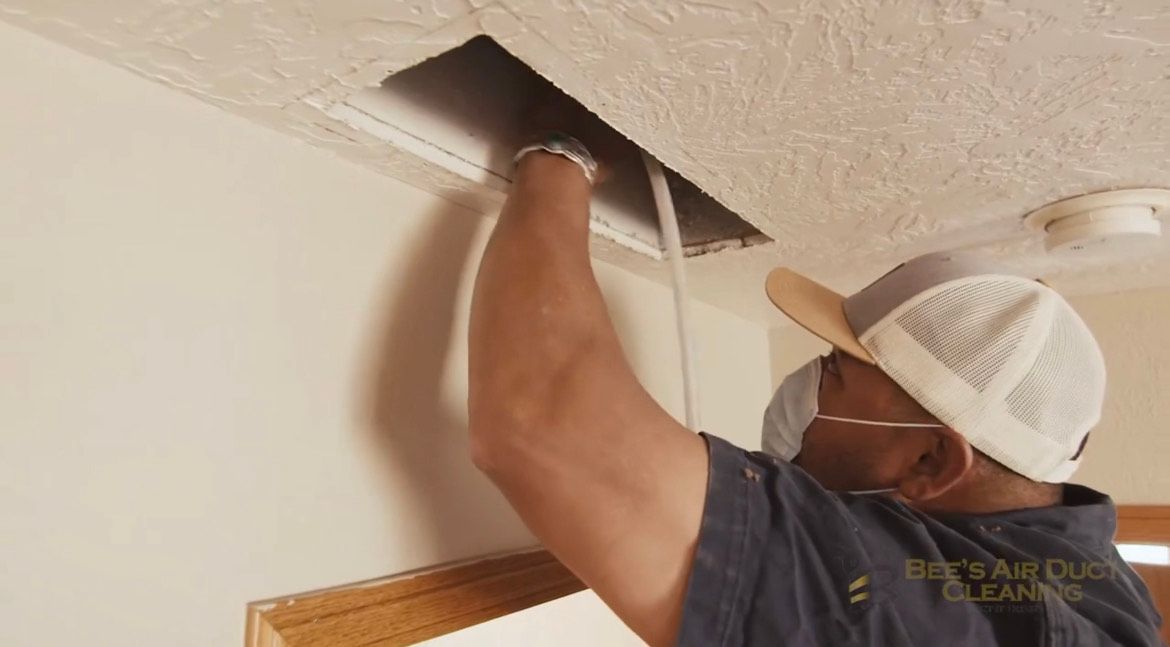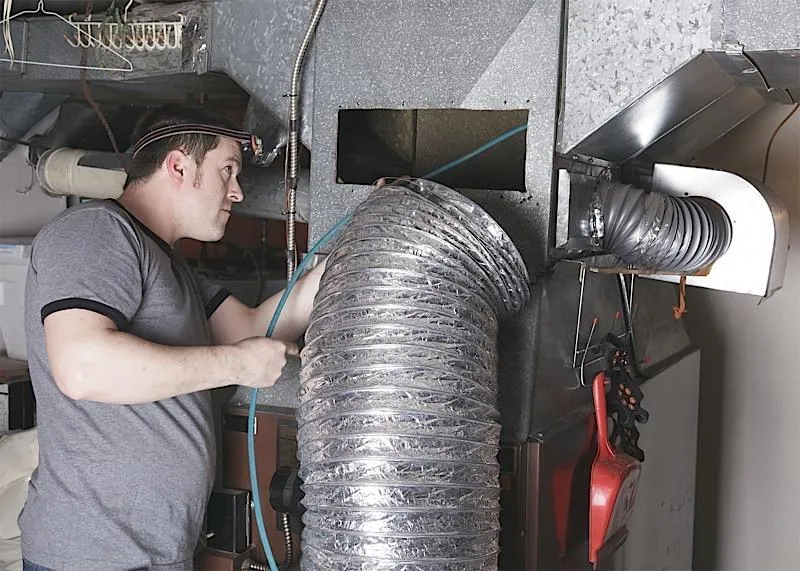Understanding how to check for duct leaks is essential for both homeowners and business owners who want to ensure their HVAC systems are operating efficiently. Leaky ducts can lead to increased energy bills, poor indoor air quality, and an uncomfortable living or working environment. This guide will provide a detailed exploration of methods to detect duct leaks, their implications, and solutions to address them. Let’s dive in to understand the importance of checking for duct leaks and the steps involved in identifying them.

Why Duct Leaks Matter
Duct leaks can significantly affect the performance and efficiency of your HVAC system. When air escapes through leaks, your system must work harder to maintain the desired temperature, leading to higher energy consumption and costs. Additionally, leaks can introduce dust, pollutants, and allergens into the air, compromising indoor air quality. Understanding and addressing duct leaks can help maintain a comfortable, healthy, and cost-effective environment.
Basic Tools and Equipment for Detecting Duct Leaks
Before diving into how to check for duct leaks, it’s important to gather the necessary tools and equipment. Here are some essential items:
- Flashlight: To inspect ducts in dark areas.
- Smoke pencil or incense sticks: To trace air leaks.
- Foil tape or mastic sealant: For sealing discovered leaks.
- Pressure gauge: To measure air pressure in ducts.
Visual Inspection of Ductwork
A visual inspection is the first step in identifying potential duct leaks. Carefully examine the ducts for visible gaps, holes, or disconnected segments. Pay close attention to joints, elbows, and seams where leaks are most likely to occur. Use a flashlight to ensure you don’t miss any details in dimly lit areas.
Checking for Airflow Obstructions
Obstructions in the ductwork can also mimic the effects of leaks. Ensure that no debris or obstructions are blocking airflow within the ducts. Regularly cleaning your ducts can prevent such issues and is an essential aspect of maintaining your HVAC system. For more information on cleaning ducts, visit this guide.
Using Smoke to Detect Leaks
Smoke testing is a practical method to detect duct leaks. Light a smoke pencil or incense stick and hold it near the duct joints and seams. If the smoke wavers or is blown away, it indicates a leak. This method is effective in pinpointing the exact location of leaks.
Utilizing Pressure Testing
Pressure testing involves using a pressure gauge to measure the air pressure within the duct system. A significant drop in pressure can indicate a leak. This method offers a more precise assessment of the duct system’s integrity. Consider consulting a professional for pressure testing to ensure accurate results.
Sealing Duct Leaks
Once you’ve identified leaks, the next step is sealing them. Use foil tape or mastic sealant to cover gaps and holes. Foil tape is ideal for small leaks, while mastic sealant is better for larger gaps. Ensure the surfaces are clean and dry before applying the sealant for optimal adhesion.
Regular Maintenance and Cleaning
Regular maintenance and cleaning of your ductwork can prevent leaks and extend the life of your HVAC system. It’s essential to schedule routine inspections to catch potential issues early. For tips on ensuring your duct cleaning is done right, check out this resource.
The Importance of Professional Inspection
While DIY methods are useful, professional inspection offers a comprehensive assessment of your duct system. HVAC professionals use advanced tools and techniques to identify and fix duct leaks effectively. They can also provide insights into improving your system’s efficiency and lifespan.
Benefits of Addressing Duct Leaks
Addressing duct leaks offers several benefits, including reduced energy bills, improved indoor air quality, and a more comfortable environment. By ensuring your HVAC system runs efficiently, you contribute to a healthier and more sustainable home or business.

FAQs
How often should I check my ducts for leaks?
It’s advisable to check your ducts at least once a year. However, if you notice a sudden increase in energy bills or reduced HVAC performance, inspect them sooner.
Can duct leaks cause health issues?
Yes, duct leaks can introduce dust, allergens, and pollutants into your indoor air, potentially leading to respiratory issues and allergies.
Is it necessary to hire a professional for duct inspection?
While DIY methods can be effective, hiring a professional ensures a thorough inspection and precise identification of leaks. Professionals have the expertise and tools to fix leaks efficiently.
Understanding how to check for duct leaks is crucial for maintaining an efficient and healthy home or business. Regular inspections, maintenance, and professional assistance can help you keep your HVAC system in top condition. For further reading on the importance of duct cleaning, visit this page.
This article contains affiliate links. We may earn a commission at no extra cost to you.